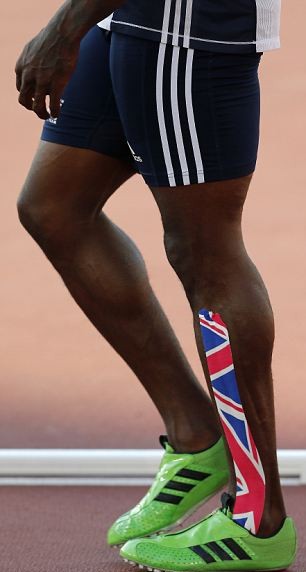 In the last article of the “Ultimate Guide to Applying Kinesiology Tape”, we covered how kinesio works and also why it’s becoming so popular.
In the last article of the “Ultimate Guide to Applying Kinesiology Tape”, we covered how kinesio works and also why it’s becoming so popular.
Have you managed to spot any Olympic Athletes using Kinesiology Tape?
In case you missed it, it’s been popular in sports like, Beach Volleyball, Diving, Tennis, Judo, Rowing, Hockey, Handball, Gymnastics, 100m Sprint & Cycling event, here’s some of the Olympic Kinesiology Action:
(Click images to Enlarge)
This week, before we jump into the specifics of taping each body part, I wanted to share a video covering the “12 Principles for Applying Kinesiology Tape“.
[youtube]http://www.youtube.com/watch?v=FbhtcwTiAVI[/youtube]
3 Main Application Methods
Sensory Application Method
Whether you are applying the Precut Kinesiology Tape ,or from a Roll, it is important to use the following method for a Sensory application:
- Apply the beginning of each section with no stretch in the muscle or tape (1-2 inches).
- Once the beginning of each section is applied.
- Stretch the muscle and not the tape during application, till the last section remains (last 1-2 inches).
- Apply the end of section with no stretch in muscle or tape.
Structural Application Method
Whether you are applying the Precut Kinesio Tape, or from a Roll, it is important to use the following method for Structural Support:
- Apply the beginning of each section with no stretch in the muscle or sports tape.
- Once the beginning of each section is applied.
- Stretch the tape and not the muscle during application, till the last section remains.
- Apply the end of section with no stretch in muscle or tape.
Microcirculatory Application Method
When you are applying the Lymphatic Spider it is important to use the following method for increased blood flow and improved healing:
- Stretch the muscle and not the tape during application.
- Apply at the top of affected area following along lymphatic pathways.
The Best Kinesiology Tape Application Principles
Preparing the Skin
- Before applying the tape, the skin will need to be dry, and free of hair, creams and oils for best adhesion.
- Clipping or shaving the intended area of application may be necessary.
Skin Condition
- Do not apply the tape over broken, damaged or sun burnt skin.
- For sensitive skin, a test piece may be applied to determine if any skin sensitivity will result.
- If itching or irritation occurs, remove the tape immediately.
- No increased discomfort should be experienced while wearing the tape.
Tape, Exercise & Water
- Before exercise or bathing, apply the tape for approximately 1 hour to allow glue to properly activate.
- The tape is both waterproof and breathable.
- It may be worn during showers and baths.
- Do not rub the tape while bathing.
- After showering, pat the tape dry with a towel.
Duration of Wear.
- A single tape application can be worn for up to 5 days.
Applying the Anchor & Adhesion Points.
- Apply the start & end sections, as well as any anchor points (approximately 1 to 2 inches) with no stretch on the tape or in the muscle.
Keeping the Adhesive Clean.
- Avoid touching the adhesive side of the tape during application.
- Like strapping tape , touching or contaminating adhesive will decrease the holding strength on the skin, and may lead to premature peeling.
Removing the Backing (Pre-Cuts Spiders).
- To remove the paper backing from a Precut Spiders, peel it back in small amounts and lightly apply the tape to the skin.
- Repeat this method until tape is fully applied to the skin.
Activating the Adhesive.
- After tape is fully applied, lightly rub over the top of the tape from the start to the end of each section. This will activate the glue & smooth out any creases.
- Apply one section at a time before applying the following sections.
Removing the Tape.
- The kinesio tape is best removed in the direction of the hair growth (usually away from the centre of the body).
- Gently roll off the tape as the skin is stretched under the tape.
- Avoid removing the tape while wet.
Other Articles in the Ultimate Guide To Kinesiology.
Other Kinesiology articles:
Next Article: >> “How to Kinesiology Tape a Knee”.
Share the Luv!
If you found this article helpful please help me by completing the following:
- Leave a comment below, to let me know:
- Your experience with Kinesio Tape,
- Or any questions you have about it!
- Add your “Like” via your favourite social media buttons below 🙂
- Want more articles as released… Subscribe to our Newsletter below.


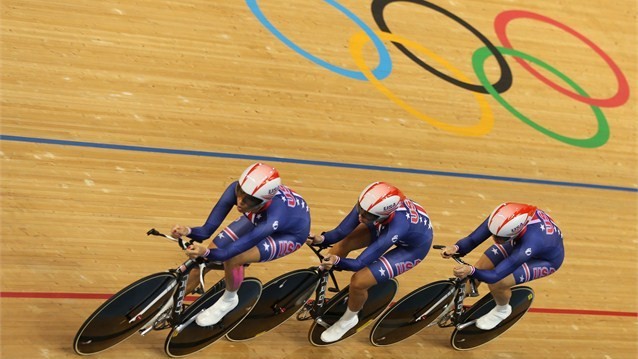


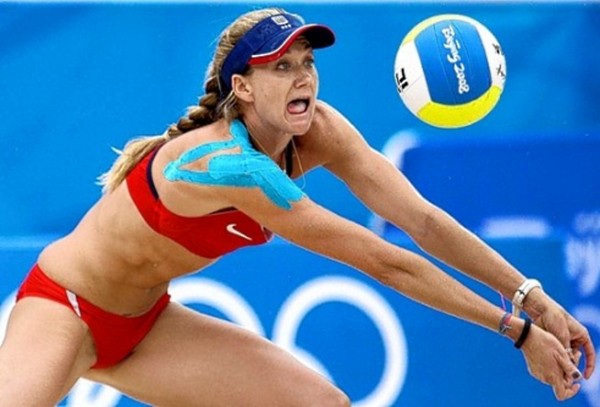


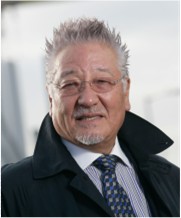 He noticed that standard sports taping methods, using
He noticed that standard sports taping methods, using 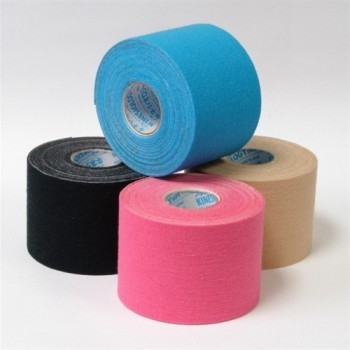 Made from 100% cotton
Made from 100% cotton